I tried Soylent for a week: A meal replacement drink banned in Canada
Full of maltodextrin and misery
On the cusp of second year and lacking ideas for cooking food for myself in a kitchen more full of empty wine bottles than inspiration for a feast, a thought occurred. Why not test out another cheaper and faster way to feed my body?
If only there were a meal-replacement drink designed for the average "time-poor" demographic: students who lack the time to cook healthy, nutritious meals. Enter Soylent, brand new to the UK. It promises "complete nutrition" for breakfast, lunch, or dinner.
The company sent me a small package, with two information sheets and five chocolate bottles and five original flavoured bottles, along with a document titled "Tips for trialling Soylent".

Soylent Original, made with GMOs and a nutritional 20g of protein
Each bottle – coming in an original, chocolate, or coffee flavour – is designed as a complete meal, replacing either breakfast, lunch, or dinner.
Replacing time and money spent on cooking tasty food and drinking your food seems like a dream for me. Less work spent to prepare food, in exchange for hours of time in my busy student timetable. But what's it actually like?
Day one: Beige, plain food doesn't appeal
Instinctively apprehensive, I begun my first day out of five trialling Soylent with fresh hope and optimism. In a rush to my first seminar of the year – as the archetypal student is, as viewed by Soylent – I grabbed an original flavour bottle and scurried on the bus to my 9am.

I cracked the bottle five minutes into the lecture, attempted a smell, and found nothing. I took a sip, nothing. The taste somewhat resembled a mixture of oats, water, soya, and oil – just a few of the products ingredients – but I had an overwhelming feeling of drinking the colour beige. A heavy, gloopy, oaty beige. Within the 414ml of this beige substance is packed full of protein (20g), fat (21g), sugar (9g), and 26 vitamins and minerals – very healthy.
After an hour of drinking my first bottle, I felt heavy. That being tired, slow, and physically heavy as if 414ml of condensed and liquified 'food' had solidified whilst in my gut. It wasn't pleasant.
Day two: Soylent is for Silicon Valley bros, not students
Having plans to go to the gym, I had the brilliant idea of mixing the product with milk, a tablespoon of peanut butter, and original Soylent, to help with absence of smell and flavour – and it smelt nice too.

With 20g of protein, I could feel my muscles working harder and stronger. But with the ever presence of the beige colour and the flavourless content, I couldn't stop thinking about Soylent, meal-replacement drinks, and eating in the gym. If Soylent was designed for Silicon Valley bros to replace the pleasure of eating, to fit in with their tedious 16-hour coding days, then what even is the point of cooking, eating and digesting?
Day three: Should've gone to Boots
Third bottle for lunch as the line for Boots was too long. Pathetic excuse as my third ever bottle of Soylent tasted more moorish and bland, and the line went down as soon as I left to feast on mine.
It feels weird to know that you can down your whole lunch in a few seconds on the rush, the equivalent of a small jacket potato, a beef curry, or a portion of fish and chips. I couldn't taste anything again, and appreciate what I was eating too. I missed the feeling of bitting food or feeling different flavours on my tongue. Instead, I just drank beige again.
Day four: Is Soylent made out of human remains?!
I watched the film Soylent Green today with my dinner's worth of Soylent original. The plot follows a dystopian New York City in the year 2020, where food resources and rations have depleted, overcrowding is an existential threat, and pollution is at an all time high. A multi-national in New York, aptly named Soylent Corporation, designed a product, called Soylent Green made out of plankton, to save the food crisis. Long story short, the company used human remains of the dead to continue production of the product. Harrowing.

Enjoying Soylent product, bar the human protein remains
This made me wonder why a product designed to save people with timing issues and their diets is named after a human-protein-filled-meal-replacement drink. Similarly, the product was named after another film – Make Room! Make Room! – about a similar overpopulation crisis with dwindling resources. Coincidence? I think not.
Day five: The day of dismay
Fifth and last day of trying Soylent, fifth original Soylent bottle, fifth challenge. I am still unsure about the concept, but I guess its appeal is concentrated to a small demographic of those who either lack cooking skills or the ability to taste.
Final thoughts
Soylent is a simple product designed for those who lack creativity in the kitchen or lack time. It's a product envisioned where food is drunken and it tastes bland and beige; where food smells of the workings of a corrupt human recycling system; and where you can down your daily 2,000 calories in a matter of seconds and not feel less forgiving of yourself. All in all, my health experiment was fun, but lacked a certain humanity that Soylent can't offer.









































